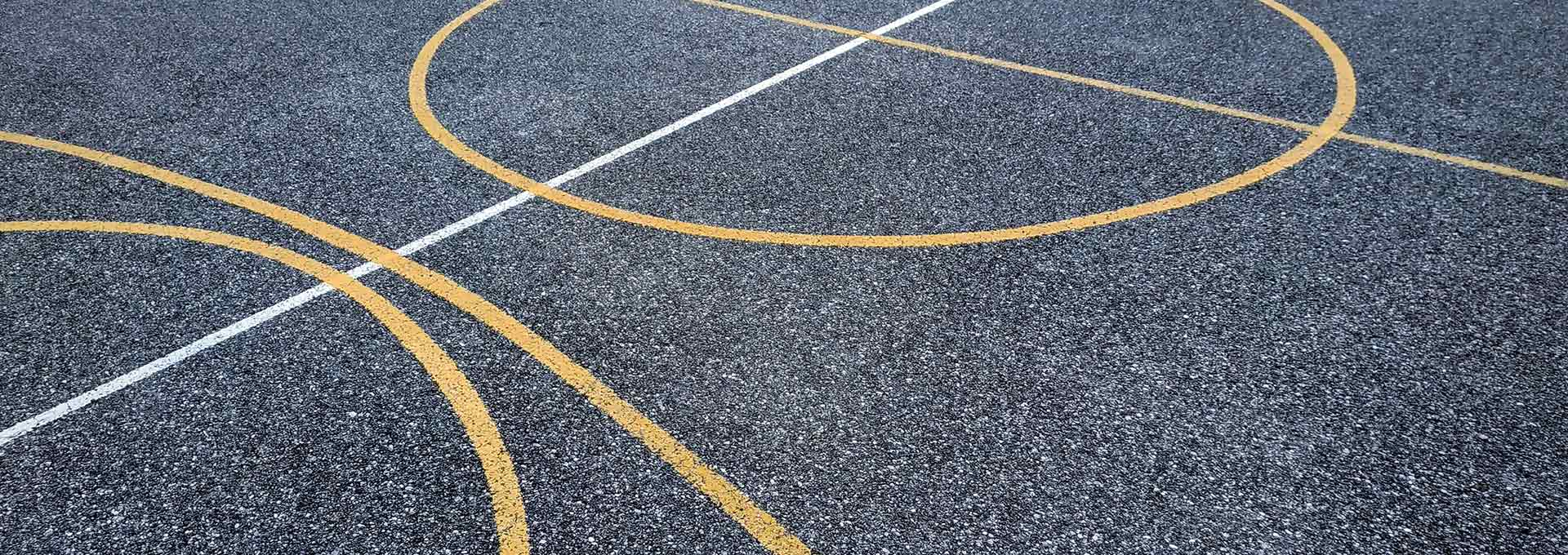
Resources
Seed Grant Awardee: Jennifer Vanos
Jennifer Vanos | School of Sustainability
Air pollution concerns consistently plague the low-lying area of South Phoenix between South Mountain and the Salt River. Here, enhanced sources of pollution and topography increase local concentrations. In South Phoenix high schools, cross country and track athletes run outside with high breathing rates almost daily while in-season. Numerous scientific studies have linked particulate matter (PM) pollution to a variety of health ailments, including asthma, lung cancer, and chronic respiratory disease due to lung and vascular damage. Thus, it is no surprise that student athletes experience asthma attacks and must bring inhalers on runs, or that nearly 1,400 youth in South Phoenix were treated in emergency rooms for asthma from 2010–2016. A high breathing rate during exercise increases the total particle deposition in the lungs, yet the health benefits of regular physical activity are well-established and vital to youth health. These include reduced risk of numerous cancers, obesity, and diabetes. Moreover, sports motivate student-athletes in school, provide teamwork and leadership skills, and instill self-confidence. Hence, data and solutions are needed to avoid cancelling sports or harming health due to pollution, yet currently there is only one air quality (AQ) station in South Phoenix to aid localized decision-support related to health issues. Advances in low-cost environmental monitoring have created new opportunities for real-time, hyperlocal, community-driven sensing of AQ and weather for improved health.
We will collaborate with community groups and high schools in South Phoenix to deploy a granular network of urban AQ and temperature sensors to support athlete health. Specifically, we will partner with CHISPA Arizona, an advocacy group promoting clean, healthy air, as well as South Phoenix high schools and elementary schools, many of which have expressed interest in AQ monitoring. We will use the Clarity Node, a solar-powered air pollution sensor, to monitor hyperlocal outdoor concentrations of PM that are
Specifically, the proposed community science––co-producing data and knowledge with the schools, athletes, coaches, and advocacy groups––is expected to result in accessible, unrestricted information that can be understood and used by those who can benefit from it most: student athletes. Achieving these goals may also help improve performance in practice and competition, improve wellness, and decrease current negative impacts of outdoor sports and activity in the region.
Last Updated February 2020.